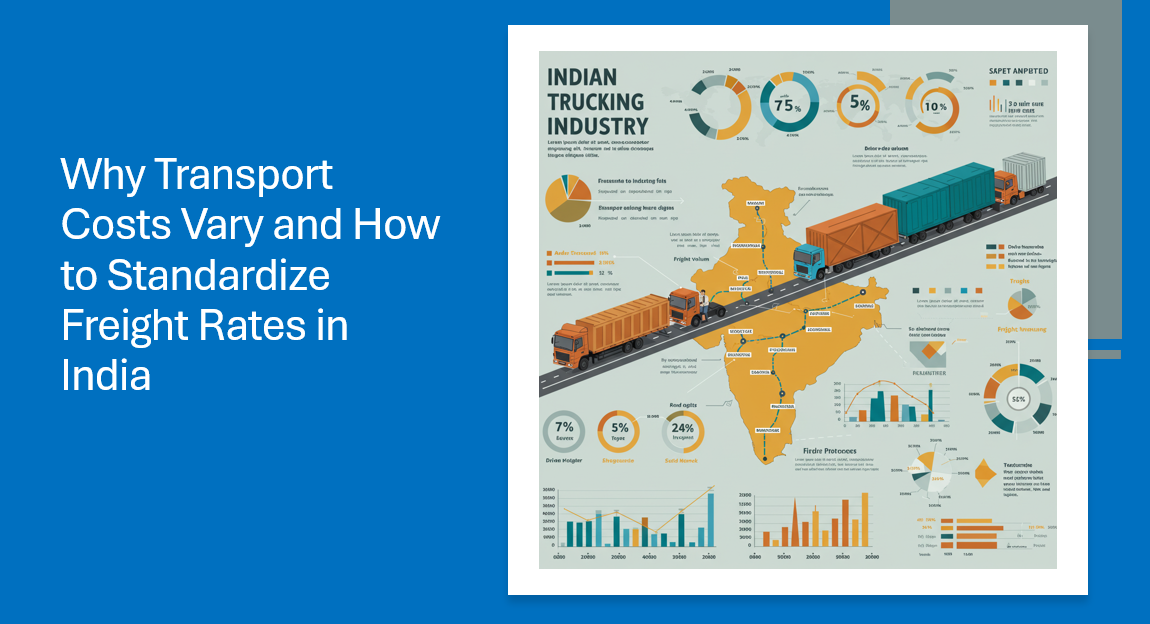Introduction:
Understanding the Driver Shortage:
Several factors contribute to the ongoing driver shortage in the Indian trucking industry. One of the primary reasons is the demanding nature of the job. Long-haul truck drivers often spend extended periods away from their families, facing long hours on the road and challenging driving conditions. This lifestyle can be unappealing to many potential drivers, especially younger generations.
Additionally, the trucking industry faces stiff competition from other sectors for skilled labor. Many young individuals are opting for alternative career paths that offer better pay, benefits, and work-life balance. This trend has further exacerbated the driver shortage, creating a pressing need for innovative solutions.
Addressing the Driver Shortage:
To tackle the driver shortage in the Indian trucking industry, stakeholders must adopt a multi-faceted approach that addresses the root causes of the issue. Here are some key strategies that can help:
4. Advocacy and Support: Industry stakeholders, including government bodies, trucking associations, and companies, can advocate for policies that support the driver community. This can include regulatory reforms, financial incentives, and social security benefits.
Supporting the Driver Community:
In addition to addressing the driver shortage, it is crucial to support the existing driver community. This can be done through initiatives that promote health and wellness, financial literacy, and access to education for drivers and their families. Additionally, recognizing the contributions of truck drivers to the economy and society can help improve their morale and job satisfaction.
Conclusion:
The driver shortage in the Indian trucking industry is a complex issue that requires a comprehensive and collaborative approach. By addressing the root causes of the shortage and supporting the driver community, stakeholders can ensure a sustainable and thriving industry that meets the country’s growing transportation needs.







Leave a Reply